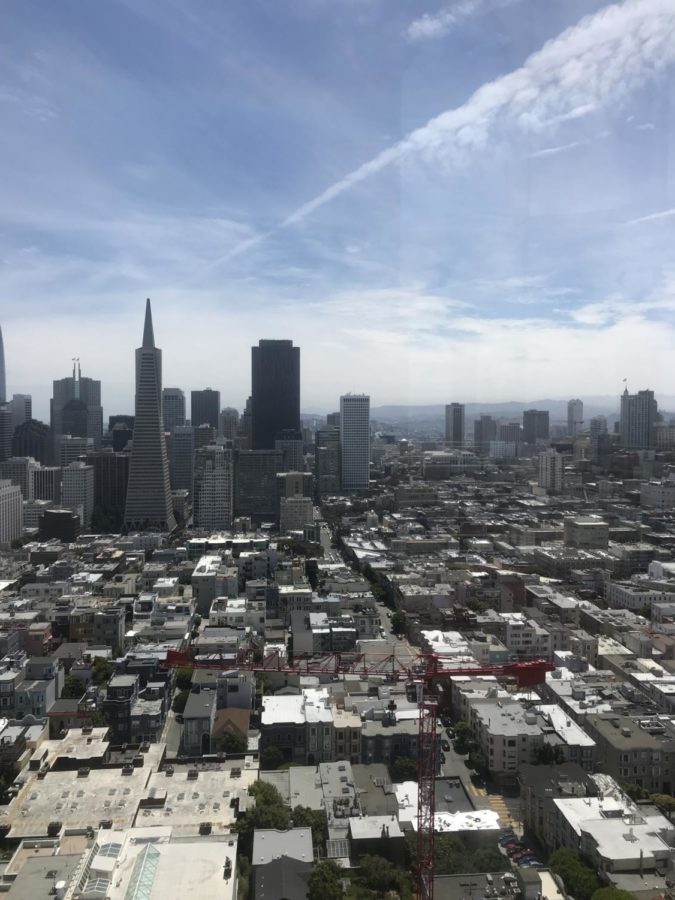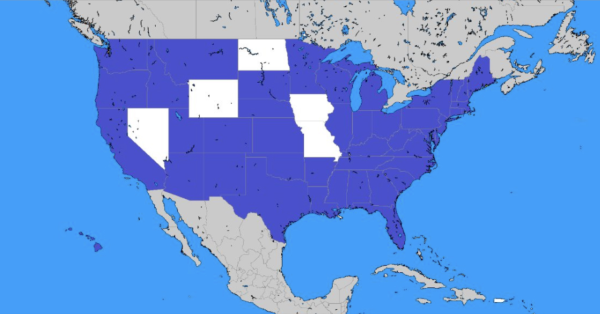Crumbling Bay Area infrastructure in need of repair
San Francisco’s downtown skyline is one of many areas around the Bay Area where infrastructure issues need to be addressed.
February 27, 2023
For the past few days, the sky above the San Francisco Bay has been blessed with clear skies filled with the radiance of the winter sun. It would be difficult for someone visiting the Bay Area today to envision the typhoons that shook it to its core merely a few weeks ago.
Yet many across the Bay Area continued to feel their devastation long after the storms dispersed. For weeks after the atmospheric rivers that swept through the Bay, power outages disrupted the lives of residents.
According to Riley Robertson ‘24, a lifelong Bay Area resident, “the storms cut power to local traffic lights and streetlights, which meant driving in intersections and streets in South San Francisco and parts of Daly City was hazardous for days after the storms ended.”
He also expressed concerns about the quality of PG&E’s equipment and service throughout the storms, saying that it “has been borderline terrible.”
The quality of PG&E’s equipment is unsurprising; according to a report by Filsinger Energy Partners, the average age of PG&E’s power substation equipment is 60 years – 20 years older than the industry average, and just 10 years shy of the average age of failure.
This problem isn’t limited to substation equipment, however. Much of PG&E’s equipment is over 50 years old, with nearly half of it continuing to operate despite exceeding the industry age of failure.
Furthermore, aging PG&E equipment has sparked wildfires that have ravaged our state, causing billions of dollars in damages and taking hundreds of lives.
Meanwhile, Bay Area residents continue to pay an exorbitant sum for service that blatantly shows PG&E’s clear disregard for safety and quality. In the first quarter of 2022, PG&E made over 4.6 billion dollars in revenue — an increase of over 22% from the same period in 2021.
Yet rarely does the money that PG&E squeezes out of Bay Area residents end up being used to serve them. As reported by Grist, PG&E has let go of thousands of maintenance workers responsible for ensuring that vegetation stays clear of power lines and repairing equipment, likely spelling madness for the upcoming wildfire season.
While the storms of the last month were nowhere near as severe as the wildfires the Bay has experienced, they serve as a reminder that this is an issue that must be tackled if the Bay Area wants to provide a quality standard of living for its residents.
According to Kurt Osmer, Civil Engineering and Architecture teacher, to solve this issue, “we need people thinking creatively, not just about what needs to be replaced. We need to rethink the ways we distribute power as a whole.”
Instead of keeping electrical lines above ground, where they are prone to sparking wildfires and disruption from inclement weather, we could relocate them underground. With new technologies, like cables that expand with movement, we can limit the damage that earthquakes could cause to an underground power grid.
Ultimately, the time is ripe for the Bay Area to overhaul its power grid — for a future where stormy skies don’t spell discomfort and danger for its residents.












